How can I configure plt.plot such that overlapped lines will have darker colors?
For example, I would like to use plt.plot to display the samples in such a way that the density that can be seen in the upper plot will be clear in the lower plot.
From the lower plot it's hard to understand where most of the samples are located
Here is the code I used in order to generate the example:
import numpy as np
import matplotlib.pyplot as plt
time = 100
n_samples = 7000
x = np.linspace(0, time, n_samples)
r1 = np.random.normal(0, 1, x.size)
r2 = np.random.uniform(-6, 6, x.size)
data = np.dstack((r1, r2)).flatten()
fig, axs = plt.subplots(2, 1, figsize=(9, 6))
axs[0].scatter(np.arange(len(data)), data, alpha=0.1)
axs[1].plot(np.arange(len(data)), data, alpha=0.2)
plt.show()

